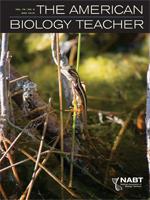With the looming global population crisis, it is more important now than ever that students understand what factors influence population dynamics. We present three learning modules with authentic, student-centered investigations that explore rates of population growth and the importance of resources. These interdisciplinary modules integrate biology, mathematics, and computer-literacy concepts aligned with the Next Generation Science Standards. The activities are appropriate for middle and high school science classes and for introductory college-level biology courses. The modules incorporate experimentation, data collection and analysis, drawing conclusions, and application of studied principles to explore factors affecting population dynamics in fruit flies. The variables explored include initial population structure, food availability, and space of the enclosed population. In addition, we present a computational simulation in which students can alter the same variables explored in the live experimental modules to test predictions on the consequences of altering the variables. Free web-based graphing (Joinpoint) and simulation software (NetLogo) allows students to work at home or at school.
How to translate text using browser tools
1 May 2016
Population Dynamics Based on Resource Availability & Founding Effects: Live & Computational Models
Samuel Potter,
Rebecca M. Krall,
Susan Mayo,
Diane Johnson,
Kim Zeidler-Watters,
Robin L. Cooper
ACCESS THE FULL ARTICLE
It is not available for individual sale.
This article is only available to subscribers.
It is not available for individual sale.
It is not available for individual sale.

The American Biology Teacher
Vol. 78 • No. 5
May 2016
Vol. 78 • No. 5
May 2016
Drosophila
Joinpoint
Live models
NetLogo
NGSS
population dynamics




